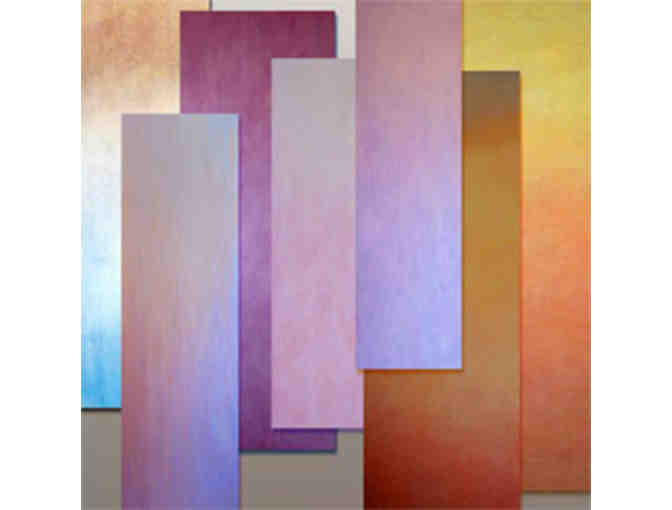Lazure or glaze wall finish for a room

Item Number: 237
Time Left: CLOSED
Description
Painted wall finish, glazing, lazuring for a small room (10'x10' or smaller.) May include tints and mediums and paints. Walls may need to be freshly painted or with a new color in accordance with the wall finish chosen.
Labor only. Not including supplies.
Donated by New Amsterdam's Ms. Abbe Hill
About Lazure (from Robert Logsdon's website - New Amsterdam School's lazure artist):
Lazure is layers of paint prepared nearly as thin and transparent as watercolor, consisting of water, binder, and pigment. It is applied with a rhythmical movement using large brushes. The final color is achieved using varied colors applied in several layers, over a white surface. Light passes through these thin layers of color and is reflected back, giving a pure color experience.
Flat, monotone colors are tiring on the eyes while color with variation of hue and tone stimulate and balance the activity of the eyes. The lazure method offers a creative and conscientious use of color that provides nourishment for the eye and the soul. It can achieve aesthetically beautiful results AND act as a powerful healing influence amid the stress and tension of modern life. Lazured walls are found in a variety of settings including offices, restaurants, residences, schools, curative and medical establishments and places of worship.
Rudolf Steiner encouraged artists to paint walls with transparent radiant color. He used the word "lasur" to describe this new way of coloring walls where color would feel as though it were in the space and not just on the wall. This provided a pure experience of color as though one could "spiritually pass through the walls." In 1907 and 1908 Steiner spoke of new impulses in the arts and demonstrated these new directions. In a lecture given in 1911 he spoke especially of the importance of transparent color on walls. The early attempts were often unsuccessful because the application of fluid color on vertical surfaces had not been achieved. Rudolf Steiner developed organic paints to be used on the two interlocking domes of the first Goetheanum building: first the white coats, then the medium to carry the pigments. Plant colors were also developed and used for the murals on these domes. Although Steiner¿s original formulas lay dormant many years, research continued to re-establish organic mediums and plant color production. These were available in the 1970's and further developed in the 80's and 90's and used in the completion of the second Goetheanum.